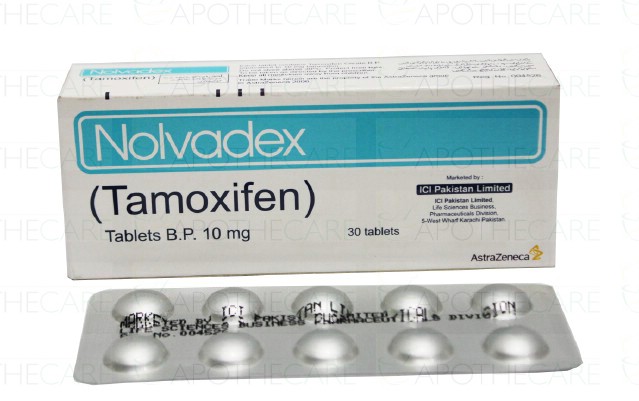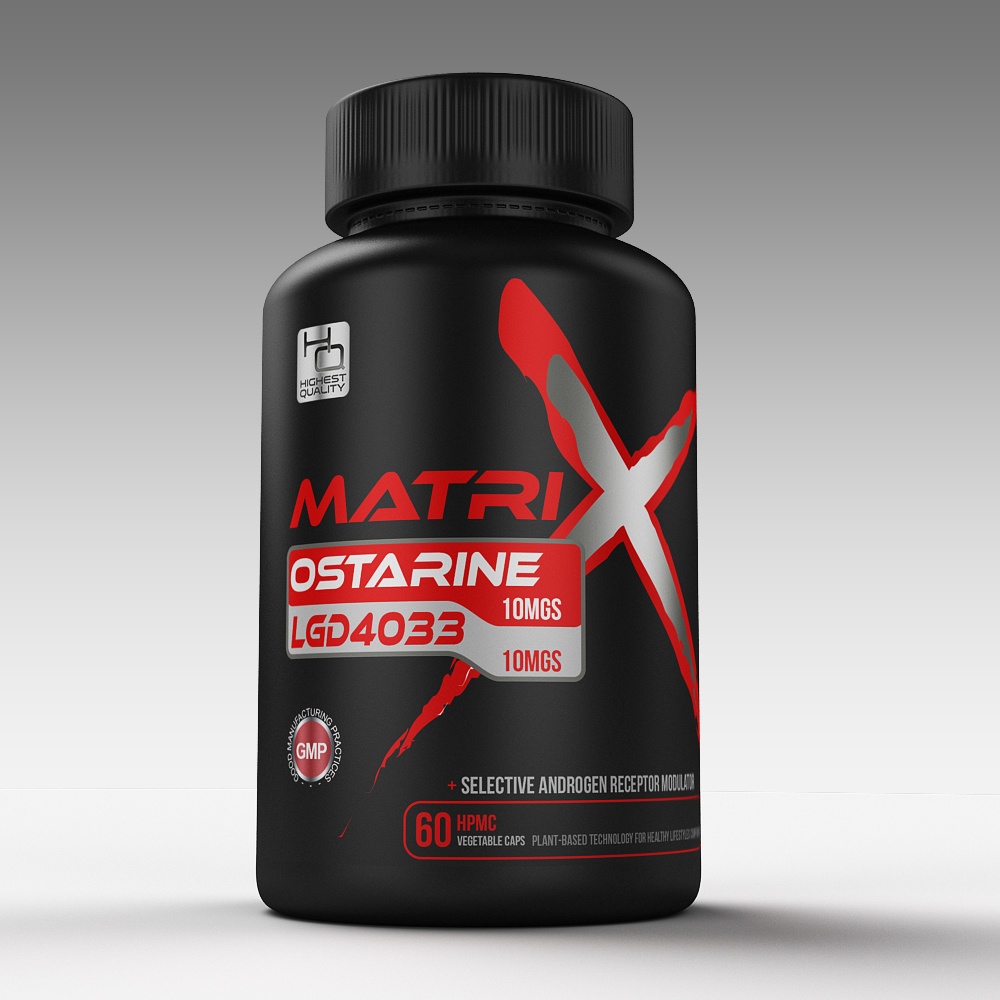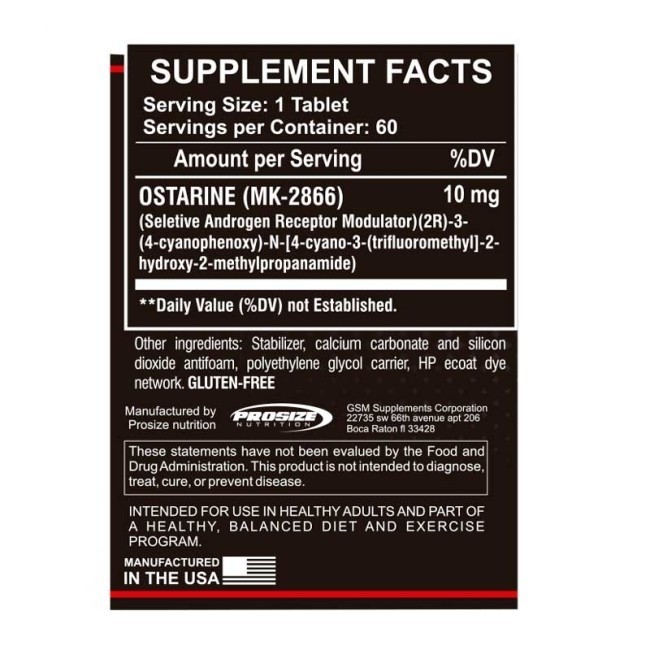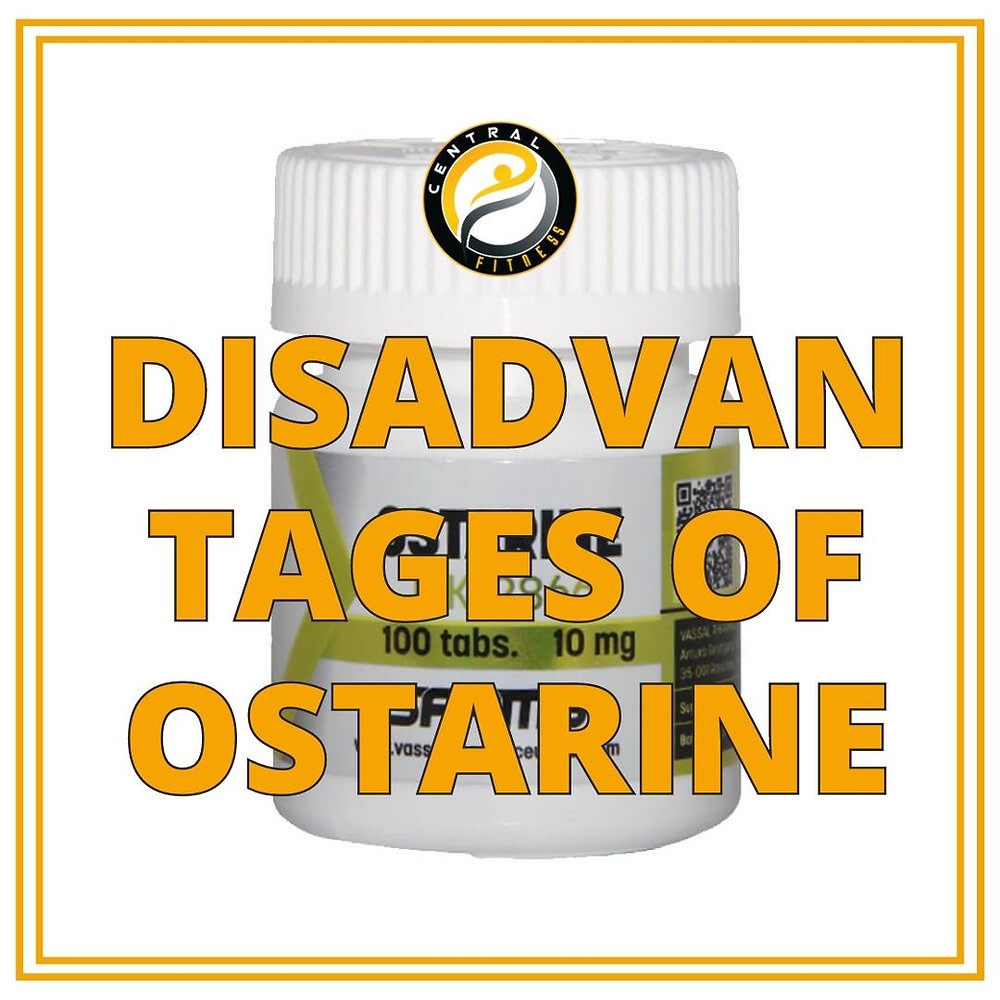Do You Need Pct For Ostarine

The debate rages: Do you *really* need Post Cycle Therapy (PCT) after an Ostarine cycle? Evidence suggests the answer is a resounding *yes*, despite persistent claims to the contrary.
Ostarine, while often marketed as a "mild" Selective Androgen Receptor Modulator (SARM), *can suppress natural testosterone production*. PCT aims to restore hormonal balance after such suppression, mitigating potential side effects. Ignoring this crucial step can have lasting consequences.
The Reality of Ostarine Suppression
Ostarine, also known as MK-2866, selectively binds to androgen receptors in muscle and bone tissue. This leads to increased muscle mass and bone density, similar to anabolic steroids, but with purportedly fewer side effects. However, the "fewer side effects" claim is misleading. Suppression is *real*.
Multiple user reports and anecdotal evidence point to testosterone suppression following Ostarine cycles. Bloodwork analysis consistently shows a decrease in luteinizing hormone (LH) and follicle-stimulating hormone (FSH), the hormones responsible for stimulating testosterone production. These decreases ultimately lead to lower testosterone levels.
The degree of suppression varies depending on dosage, cycle length, and individual sensitivity. Higher dosages and longer cycles are more likely to cause significant suppression.
Debunking the "No PCT Needed" Myth
The notion that Ostarine doesn't require PCT often stems from a misunderstanding of its mechanism of action. While it's true that Ostarine is *selective*, it's not entirely non-suppressive. The body still detects an increase in androgenic activity, triggering a negative feedback loop that reduces natural testosterone production.
Some argue that the suppression is minimal and rebounds naturally. However, relying on this assumption is risky. Individual hormonal profiles and recovery rates differ greatly. A failed natural recovery can lead to prolonged low testosterone symptoms.
These symptoms can include decreased libido, fatigue, muscle loss, and mood swings. Avoiding these issues is worth the effort of implementing a PCT protocol.
The Essentials of an Ostarine PCT
A proper PCT protocol aims to kickstart natural testosterone production and restore hormonal balance. It typically involves the use of Selective Estrogen Receptor Modulators (SERMs) like Clomiphene (Clomid) or Tamoxifen (Nolvadex).
These SERMs block estrogen from binding to the pituitary gland, which stimulates the release of LH and FSH. This, in turn, signals the testes to produce more testosterone.
Dosage and duration of PCT depend on the severity of suppression and the individual's response. A common protocol involves Clomid at 25-50mg daily for 2-4 weeks or Nolvadex at 10-20mg daily for 2-4 weeks. Bloodwork is essential to monitor hormone levels and adjust the protocol accordingly.
Who Needs PCT?
Anyone running an Ostarine cycle should consider PCT. It is especially crucial for individuals with pre-existing hormonal imbalances or those running higher dosages or longer cycles. Prioritizing health requires a cautious approach.Always err on the side of caution.
Those who choose to skip PCT should at least monitor their hormone levels with bloodwork. This allows for early detection of suppression and timely intervention. Ignoring symptoms is *never* the answer.
The Potential Risks of Ignoring PCT
Failing to implement PCT after an Ostarine cycle can lead to a variety of short-term and long-term health consequences. These include prolonged low testosterone, decreased libido, erectile dysfunction, muscle loss, fatigue, and mood disorders.
In severe cases, persistent hormonal imbalances can contribute to more serious health problems, such as osteoporosis and cardiovascular disease. Protecting your health is not optional, it is necessary.
Furthermore, prolonged low testosterone can negatively impact mental health, leading to depression and anxiety. Therefore, taking proactive steps to restore hormonal balance is essential for both physical and mental well-being.
Moving Forward: Informed Decision-Making
The decision of whether or not to use PCT after an Ostarine cycle should be based on informed understanding of the risks and benefits. While Ostarine may be marketed as a "mild" SARM, it is not without potential side effects.
Before starting any SARM cycle, consult with a healthcare professional or qualified medical provider. Discuss the potential risks and benefits, and determine if PCT is appropriate for your individual circumstances. Self-medicating with SARMs and ignoring potential hormonal imbalances is dangerous and irresponsible.
Stay informed. Research the latest scientific findings and anecdotal evidence. Prioritize your health and well-being above all else. More research is always needed on the long term effects of SARMs. Only then can you make an informed choice.


















